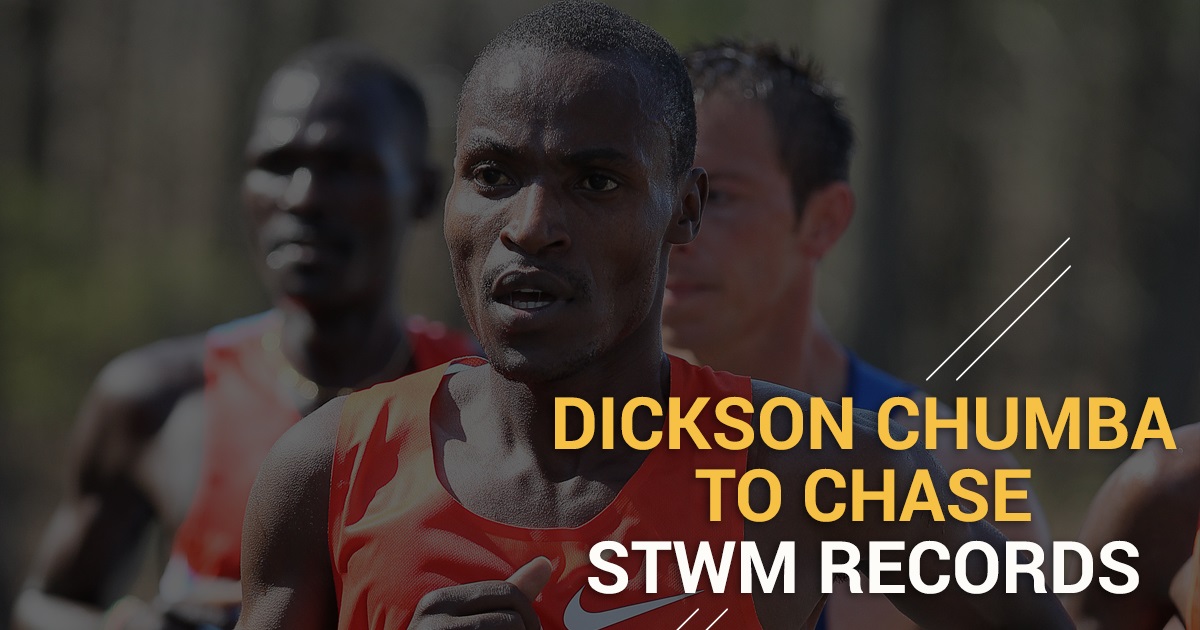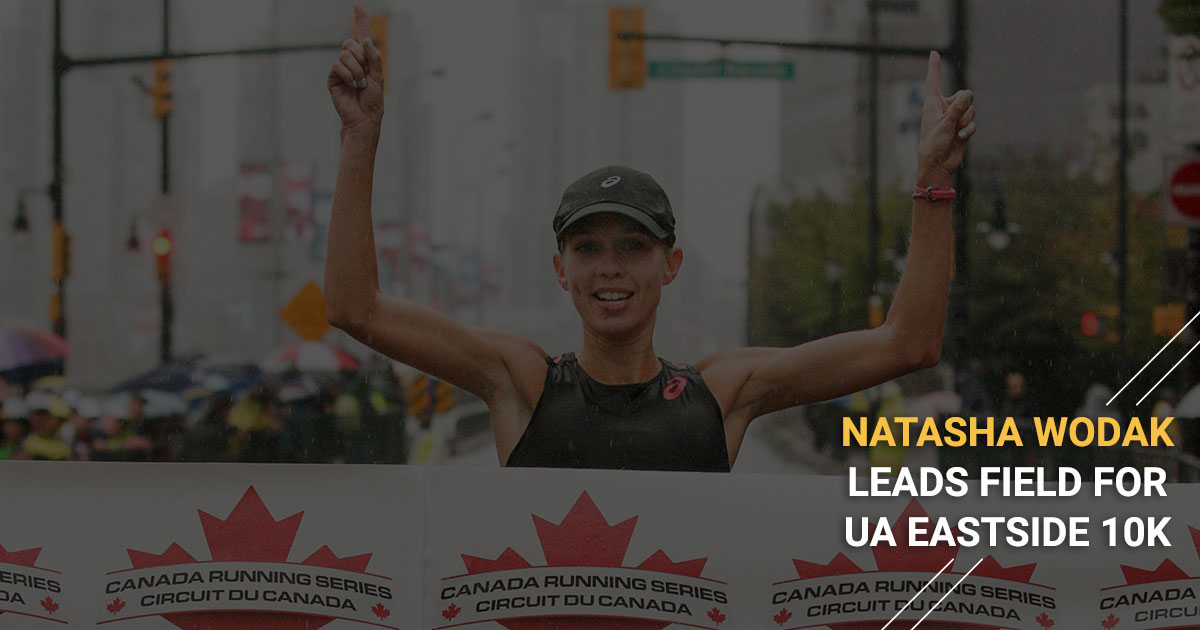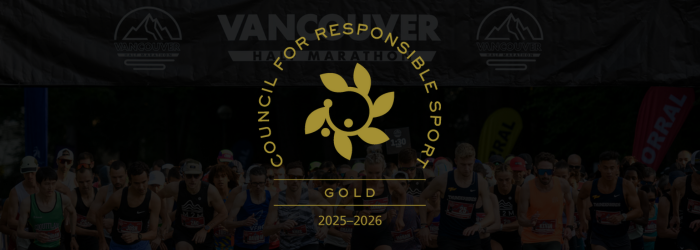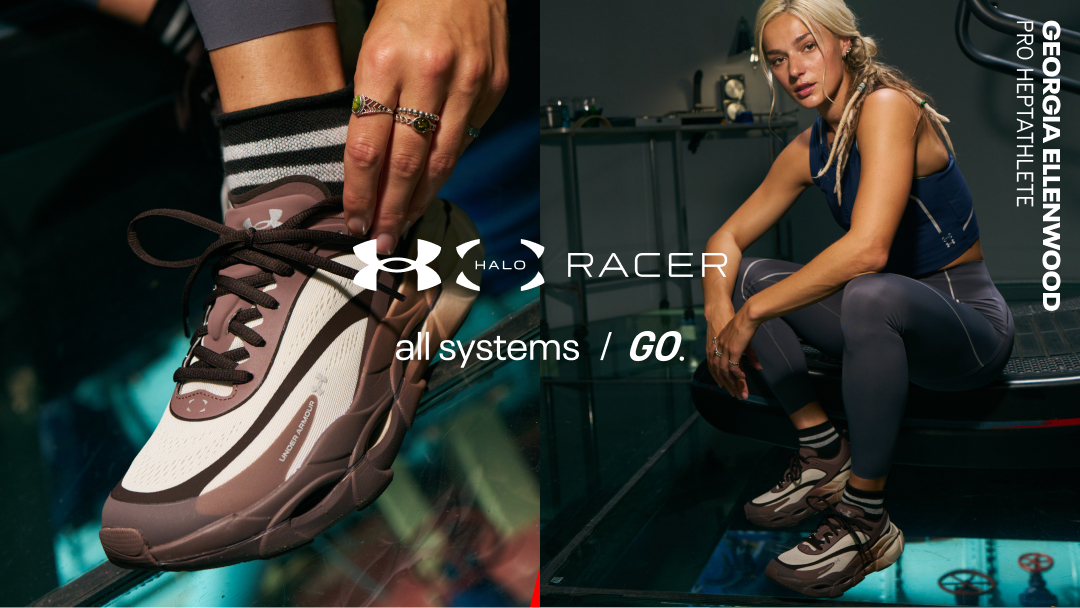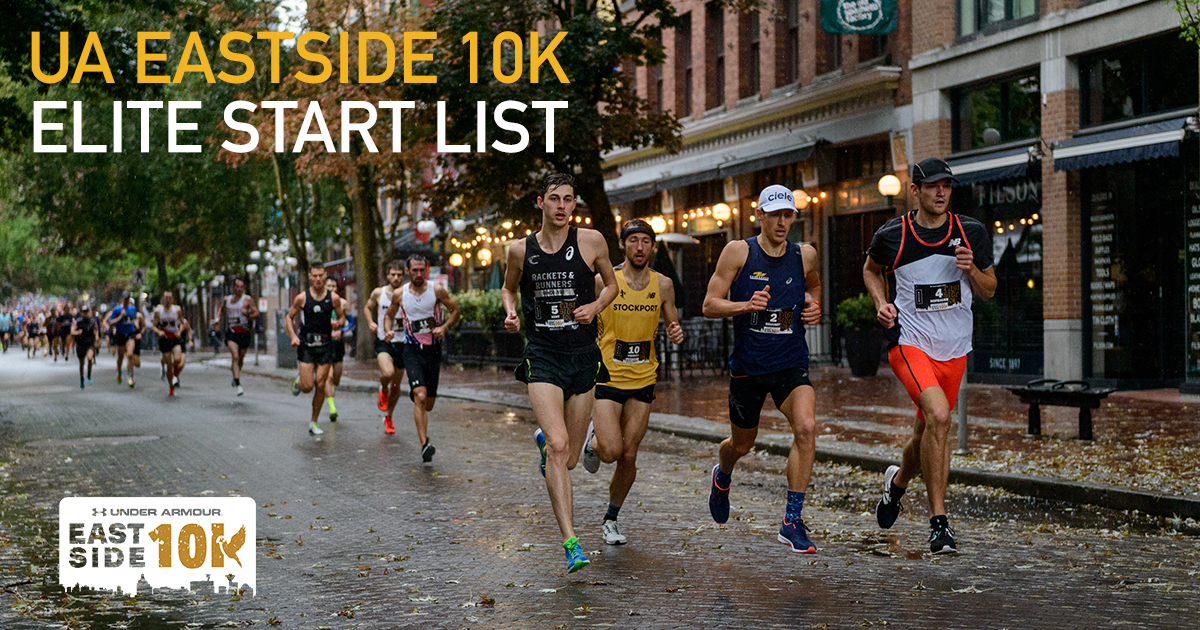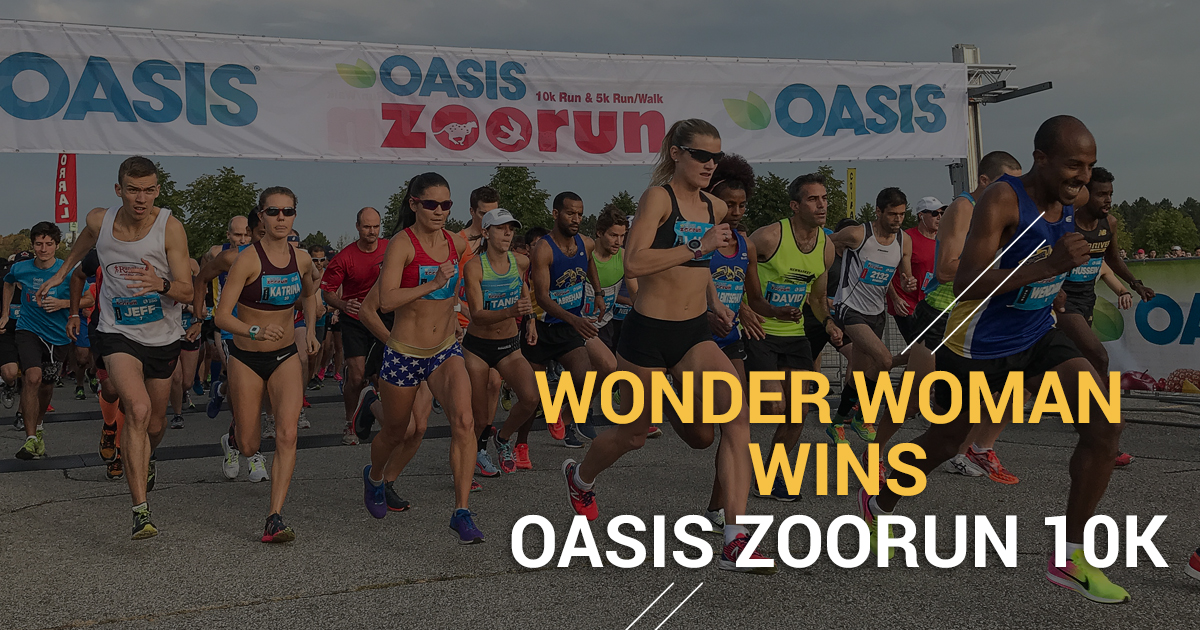
TORONTO September 23rd. Canadian Olympian and national marathon record holder, Lanni Marchant won this morning’s 15th annual Oasis ZooRun 10k in 35:21, dressed as Wonder Woman. Toronto Olympic Club’s Wendimu Adamu took the men’s title in 31:01 over the hilly, winding course through the Toronto Zoo. The 6th event in the seven-race Canada Running Series attracted a sold-out crowd of 5,500 participants from every Canadian province except Newfoundland, and 7 countries; 2,500 were in each of the 10k and 5k, with another 538 in the children’s Cub Run. Conditions were fair for the 8am start of 10k, at 17c with some cloud-cover and no wind. By the time the recreational 5K and Cub Run took off at 10am and 11:30am, however, the skies were bright and clear and the temperature had risen another 10 degrees on an unseasonably warm autumn day.
Gradually returning from an illness that has taken out her whole 2017 racing year, Marchant decided to enter at the last minute, and do so in the ZooRun spirit by running in costume. “I’d say I’m about 80% right now,” she said after the race. “I’ve been doing a fair amount of easy running, about 130 to 145 kilometres a week, but this is the first week I’ve tried any quality, with a fartlek session. Last week in Vancouver (at Canada Running Series’ Under Armour Eastside 10k) was so much fun, and I’ve missed that. I want to have fun getting back to the high level of the sport, and that’s what a race like today was about.” But Wonder Woman also got in a little business, going to the front from the outset, pulling along a pack that included Masters athlete Lioudmila Kortchaguina, Newmarket Huskies’ Laura Desjardins, Speed River TFC’s Katrina Alison, and Grand River Endurance’s Tanis Bolton. Marchant and Kortchaguina gradually moved away between 3k and 4k; then Marchant dropped Kortchaguina between 5k and 6k. “The wasn’t at all my plan,” said Lanni. “But then I had to commit to it and just keep pressing up the hills as best I could. I’m not going to lie, there were a few times I looked over my shoulder to make sure Lioudmila wasn’t coming back on me!” The 46-year-old Kortchaguina had the performance of the day, finishing a strong 2nd place, just 26 seconds back (35:47). Desjardins was 3rd, Alison 4th and Bolton 5th.
The men’s race featured an absorbing contest between Etobicoke’s Kyle Grieve and three of Toronto Olympic’s Ethiopian-Canadians: Wendimu Adamu who had won the Toronto Waterfront 10k in June, Hajin Tola and Berhanu Degefa. “We settled in the first 2km,” said Grieve. “A good group of guys. They did the work the first 3k, then I decided to take over and see if I could push it a little bit.” By 6k it was down to a duel between Grieve and Adamu. “We traded off the lead. He took the lead back around eight and a half K, but he didn’t gap me until about 500m to go. I tried to go for the win. It wasn’t in the cards today, but I’m happy with the effort,” said the 23-year-old Grieve.
Like Wonder Woman, many of the participants came for the fun and a family day at the Zoo, with free entry to all the runners. Costumes abounded. In the 10k, a pair of koalas took first prize. A zebra claimed the Cub Run costume award over a beautiful butterfly, and a shark/turtle/lobster team were applauded top honours in the 5K over a snow leopard, a bear, two wolves and a peacock. A unicorn and a large raptor were impressive “also-rans” in the 5K. The big winners on the day were the Toronto Zoo who took home a cheque for $46,000 to support their important animal conservation programs.
The final event of Canada Running Series takes place on October 22nd, with the IAAF Gold Label Scotiabank Toronto Waterfront Marathon, Half-marathon & 5K. www.STWM.ca



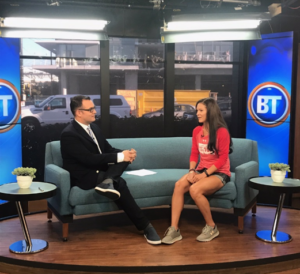

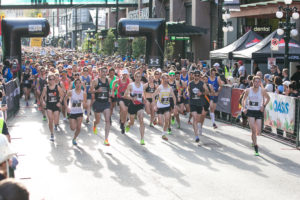
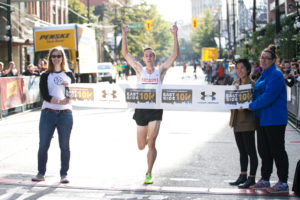
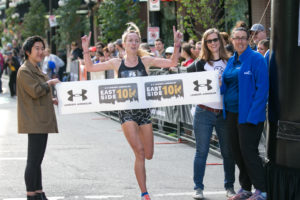
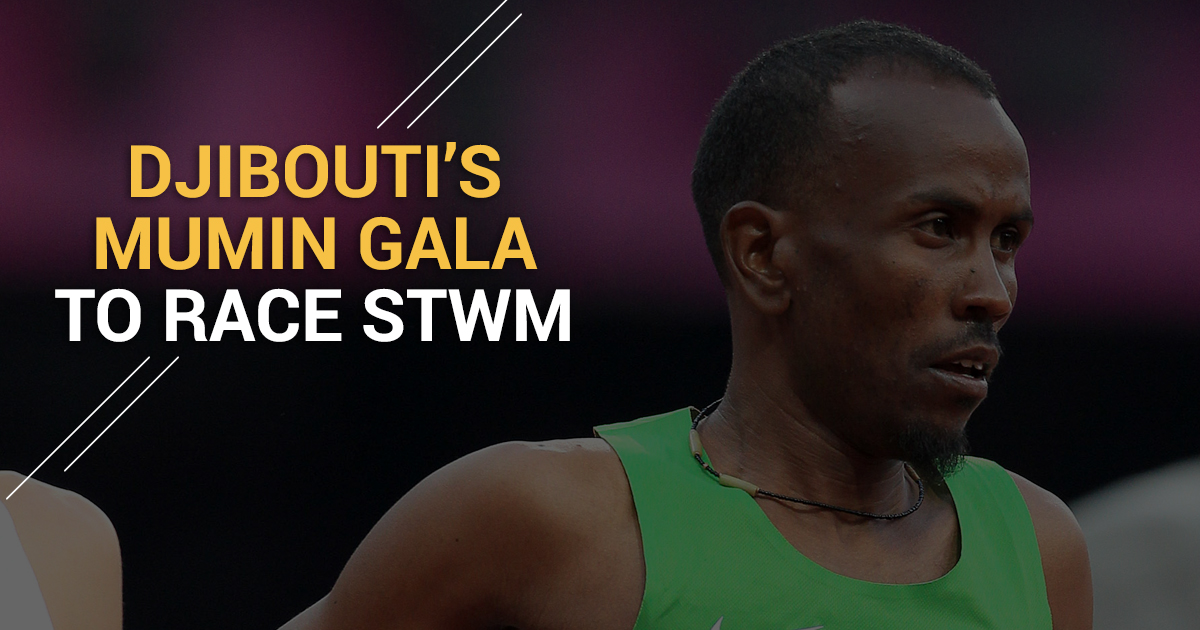
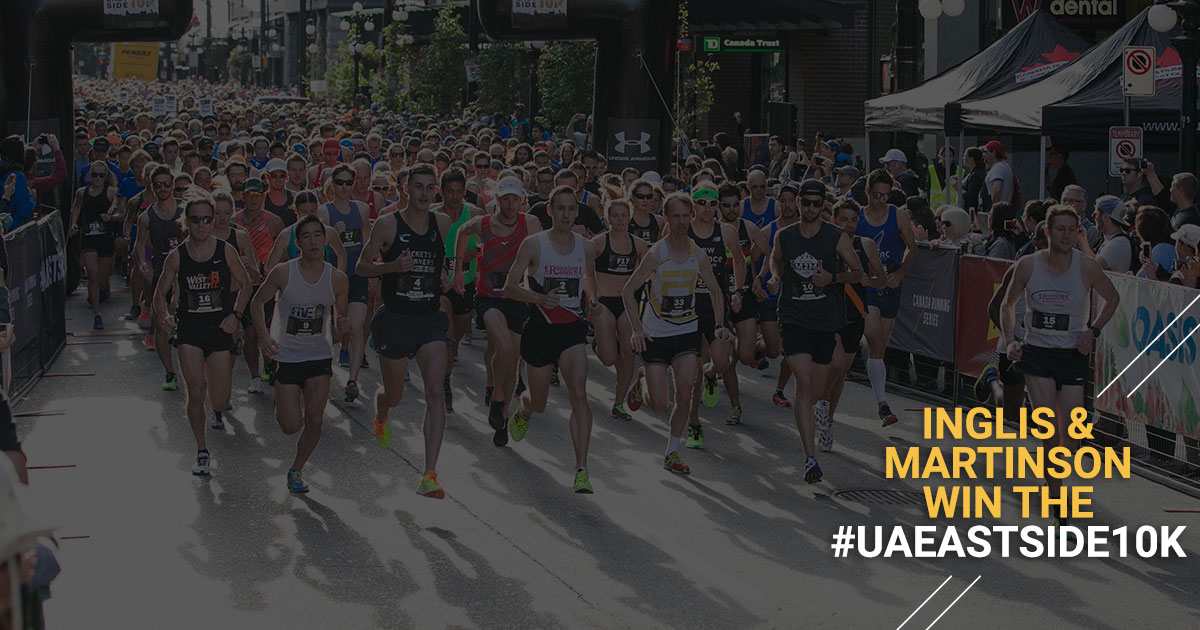

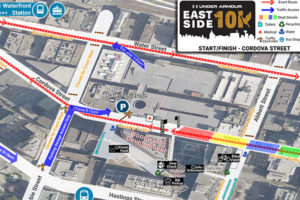
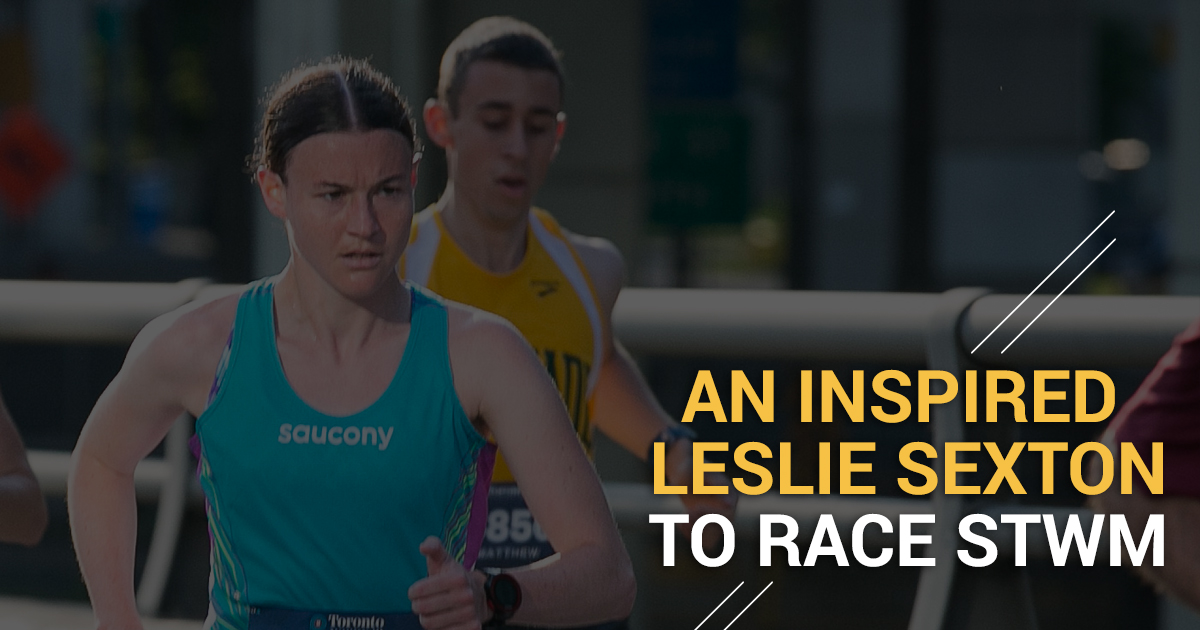


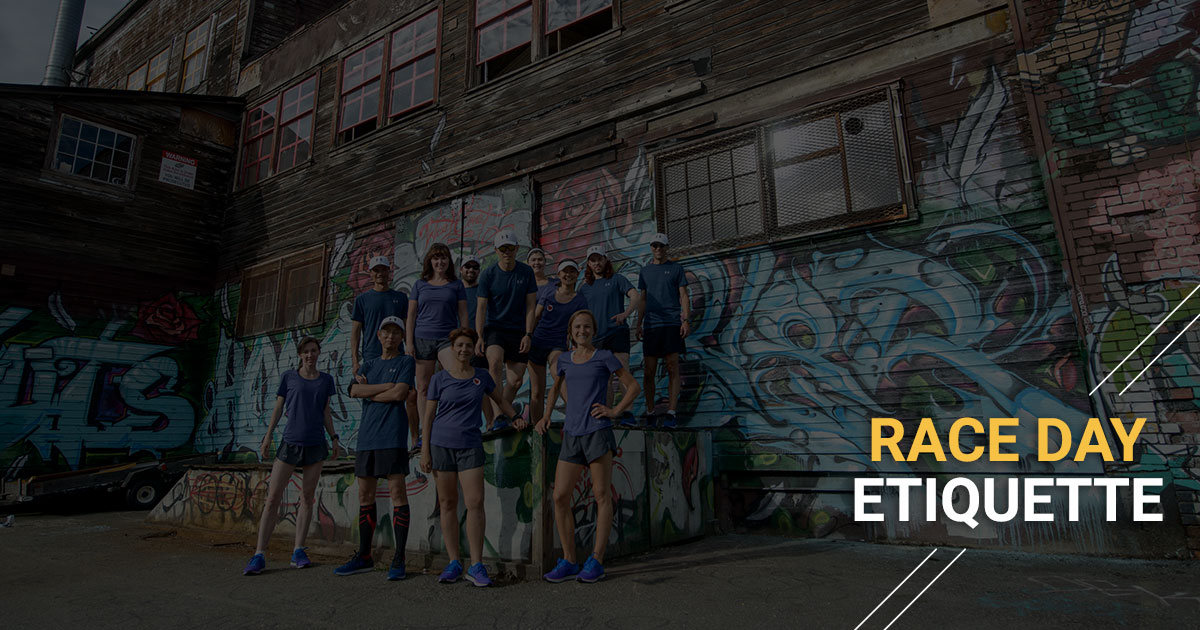
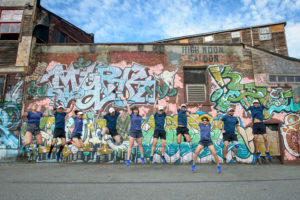 Many races have a group of volunteers that run the race to help others reach their goals. These pacers, sometimes known as pace bunnies, are a valuable tool for staying on target for your goal. When following a pacer, always keep an eye on your own time as well, just in case. At the Under Armour Eastside 10k, there are 16 pacers for a number of race times. The pacers will have matching pacer kits on, and will hold a sign with their designated pace time on it. Hop in to whatever group matches your personal goal and let the camaraderie of others help pull you along! The pacers will be as follows:
Many races have a group of volunteers that run the race to help others reach their goals. These pacers, sometimes known as pace bunnies, are a valuable tool for staying on target for your goal. When following a pacer, always keep an eye on your own time as well, just in case. At the Under Armour Eastside 10k, there are 16 pacers for a number of race times. The pacers will have matching pacer kits on, and will hold a sign with their designated pace time on it. Hop in to whatever group matches your personal goal and let the camaraderie of others help pull you along! The pacers will be as follows: